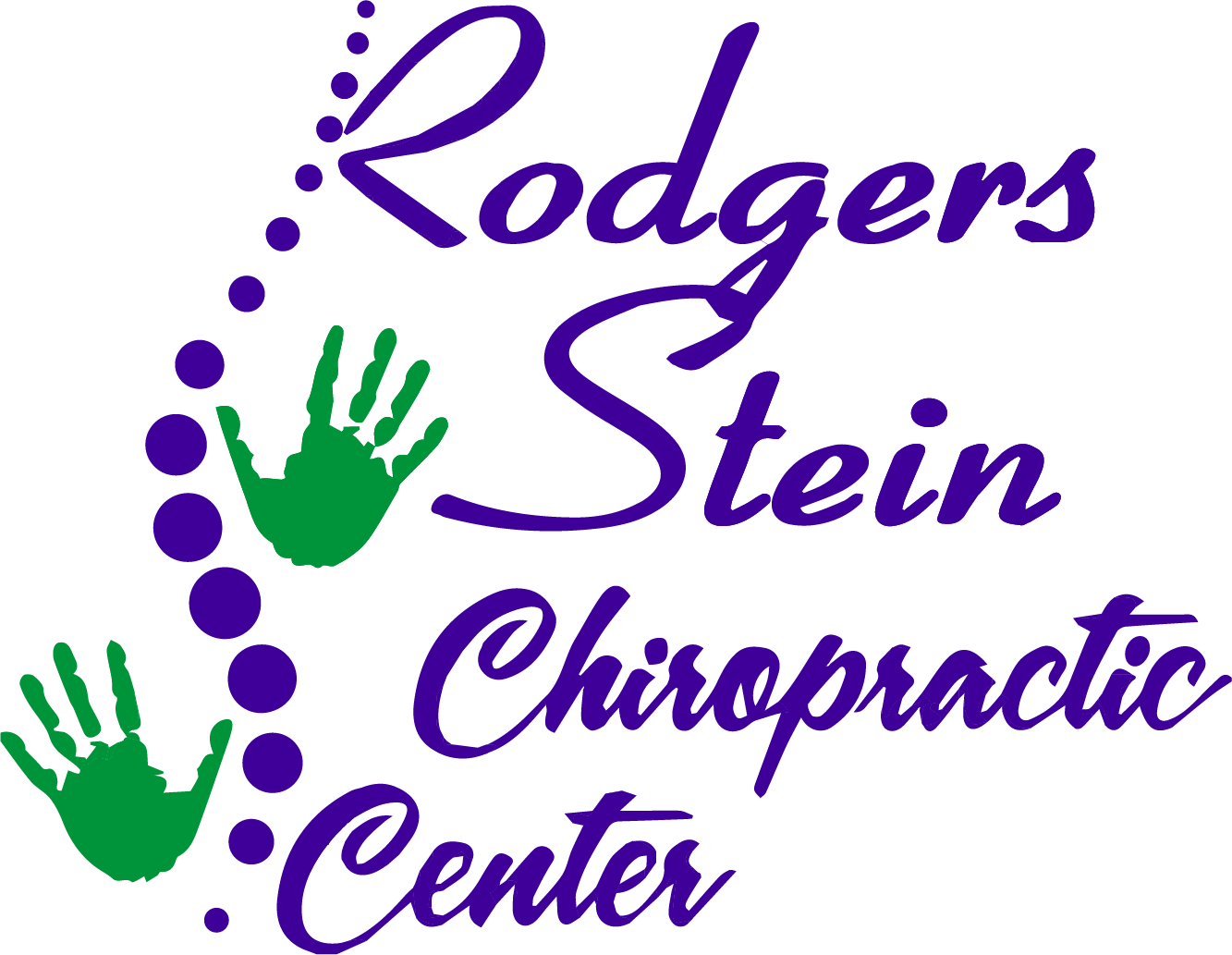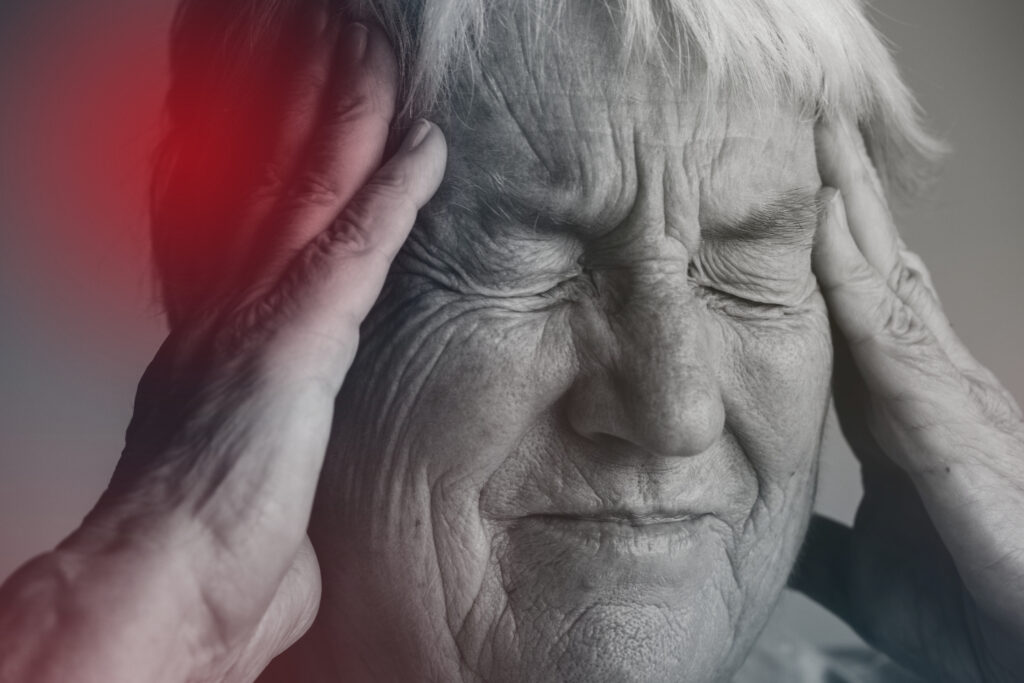When it comes to managing chronic pain, you might find that effective natural solutions lie in a blend of therapy techniques. By incorporating mindfulness, physical therapies, and even nutritional support, you can reshape your pain experience in a holistic way. These approaches not only target the pain itself but also enhance your overall well-being. However, you might wonder how to implement these strategies effectively, and which methods will resonate most with you. Let's explore the various techniques that could transform your approach to pain management.
Understanding Chronic Pain
When you experience chronic pain, it can feel like an uninvited guest that just won't leave. This persistent discomfort can last for months or even years, often resulting from various underlying health issues. Understanding chronic pain is crucial in managing it effectively.
Unlike acute pain, which serves as a warning signal for injury, chronic pain often exists without a clear cause, making it a complex condition to navigate. You might notice that chronic pain can stem from conditions like arthritis, fibromyalgia, or even past injuries.
It can greatly affect your daily life, impacting your ability to work, exercise, and enjoy activities you once loved. This pain can alter your mood, leading to anxiety or depression, which can, in turn, exacerbate the physical discomfort. It's a vicious cycle that can leave you feeling trapped.
Recognizing the difference between chronic and acute pain is essential. Acute pain is temporary and usually resolves as the underlying issue heals. In contrast, chronic pain persists even after the initial injury has healed, often requiring a thorough approach to manage effectively.
Understanding your pain can empower you to seek the right treatment options. You'll want to communicate openly with healthcare providers about your symptoms and their impact on your life.
Mindfulness and Meditation
Mindfulness and meditation can be powerful tools for managing pain and enhancing your overall well-being.
By incorporating simple techniques into your daily routine, you'll discover how these practices can lead to profound benefits for both your mind and body.
Let's explore how you can effectively start your mindfulness journey and make meditation a part of your life.
Benefits of Mindfulness Practice
Numerous studies highlight the transformative effects of mindfulness practice on both mental and physical well-being. By incorporating mindfulness into your daily routine, you can experience a range of benefits that enhance your quality of life. This practice helps you cultivate awareness and acceptance of your thoughts and feelings, leading to improved emotional regulation.
Here are some key benefits you might notice:
- Reduced Stress: Mindfulness can lower cortisol levels, helping you manage daily stressors more effectively.
- Enhanced Focus: Practicing mindfulness sharpens your attention, allowing you to concentrate better on tasks at hand.
- Improved Emotional Health: Regular mindfulness can lead to a decrease in symptoms of anxiety and depression, promoting overall emotional stability.
- Pain Management: Mindfulness can change how you perceive pain, potentially reducing its intensity and impact on your life.
- Better Sleep: By calming your mind, mindfulness can improve your sleep quality, leading to increased energy and focus during the day.
Embracing mindfulness isn't just about relaxation; it's a powerful tool for enhancing your overall well-being and managing pain naturally.
Start today and discover how it can positively impact your life.
Techniques for Effective Meditation
Meditation techniques play an essential role in enhancing your mindfulness practice, allowing you to tap into deeper states of awareness and relaxation. One effective method is focused attention meditation, where you concentrate on a single point, like your breath or a mantra. This helps you cultivate a sense of calm and presence.
Another technique is body scan meditation. You'll systematically focus on each part of your body, noticing any tension or discomfort. This practice not only promotes relaxation but also fosters a deeper connection with your physical self.
You might also explore loving-kindness meditation, which encourages you to extend compassion to yourself and others. By repeating phrases of goodwill, you can enhance your emotional well-being and reduce stress.
Finally, consider incorporating guided meditation into your routine. Using apps or online resources, you can follow along with an instructor, making it easier to stay focused and engaged.
Physical Therapy Approaches
When it comes to managing pain, physical therapy offers effective solutions through manual therapy techniques and exercise rehabilitation programs.
You'll find that these approaches can help restore mobility, improve strength, and reduce discomfort.
Manual Therapy Techniques
Manual therapy techniques are effective physical therapy approaches that can greatly alleviate pain and enhance mobility. These hands-on methods focus on manipulating muscles, joints, and soft tissues to improve your physical function.
Whether you're dealing with chronic pain or recovering from an injury, manual therapy can provide significant relief.
You might experience various techniques, and each serves a unique purpose. Here are some common manual therapy techniques you may encounter:
- Joint Mobilization: Improving joint function and reducing pain by gently moving the joints.
- Soft Tissue Mobilization: Targeting muscles, fascia, and other soft tissues to relieve tension and improve circulation.
- Myofascial Release: Applying gentle sustained pressure to the connective tissue to eliminate pain and restore movement.
- Craniosacral Therapy: Focusing on the central nervous system to enhance healing and relieve tension.
- Massage Therapy: Promoting relaxation and increasing blood flow through various massage techniques.
Exercise Rehabilitation Programs
After exploring manual therapy techniques that target pain relief and mobility, it's important to recognize the role of exercise rehabilitation programs in physical therapy.
These programs focus on restoring strength, flexibility, and function through tailored exercise plans. When you engage in a structured exercise regime, you actively contribute to your recovery process.
You'll typically start with an assessment to identify your specific needs and limitations. Based on this, a physical therapist will design a program that includes a mix of stretching, strengthening, and aerobic exercises.
By consistently performing these exercises, you can improve your overall physical condition and reduce pain over time.
Incorporating exercises such as resistance training or low-impact aerobics not only helps strengthen the muscles around injured areas but also enhances your overall endurance.
You'll notice that as your strength increases, your pain often decreases. It's essential to stay committed and gradually increase the intensity of your workouts as you progress.
Acupuncture and Acupressure
Acupuncture and acupressure offer powerful alternatives for managing pain without relying on medication. These ancient practices, rooted in traditional Chinese medicine, focus on stimulating specific points on your body to promote healing and alleviate discomfort.
If you're seeking a natural way to manage pain, you might find these techniques beneficial.
Acupuncture involves inserting thin needles into designated points, while acupressure applies pressure to the same spots using fingers or palms. Both methods can help restore balance and enhance your body's energy flow, leading to pain relief.
Here are some key benefits of incorporating acupuncture and acupressure into your pain management routine:
- Reduces inflammation: Both techniques can help decrease swelling and inflammation, promoting faster recovery.
- Enhances circulation: Improved blood flow can aid in healing and reduce pain sensations.
- Promotes relaxation: You'll often feel a sense of calm, which can alleviate stress-related pain.
- Boosts endorphins: Both therapies stimulate the release of these natural painkillers, enhancing your overall well-being.
- Customized treatment: Practitioners can tailor sessions specifically to your needs, addressing individual pain concerns.
You might feel hesitant about needles, but acupuncture's benefits often outweigh the initial discomfort.
Acupressure, on the other hand, can be easily practiced at home, allowing you to take control of your pain management.
Massage Therapy Benefits
When you're looking for a holistic approach to pain relief, massage therapy can offer significant benefits. This hands-on technique not only helps to alleviate physical discomfort but also promotes overall well-being.
One of the primary advantages of massage therapy is its ability to reduce muscle tension. When you experience pain, tight muscles often contribute to your discomfort. A skilled massage therapist can apply targeted pressure to release this tension, allowing your body to relax.
Additionally, massage therapy boosts circulation, which enhances blood flow to affected areas. Improved circulation can help reduce inflammation and promote healing, making it an effective option for managing chronic pain conditions, such as arthritis or fibromyalgia. You might also find that massage therapy improves your range of motion, making daily activities easier and more enjoyable.
Another key benefit is the reduction of stress and anxiety levels. When you're in pain, it can weigh heavily on your mental health. Massage therapy encourages the release of endorphins, the body's natural painkillers, and helps to create a sense of calm. This can be particularly beneficial for those dealing with stress-related pain.
Finally, regular massage sessions can enhance your overall quality of life. By incorporating massage therapy into your pain management routine, you're not only addressing the symptoms but also nurturing your body and mind.
Cognitive Behavioral Techniques
Many people overlook the power of cognitive behavioral techniques in managing pain. These approaches focus on changing your thoughts and behaviors related to pain, helping you gain better control over your experience.
By addressing the mental and emotional aspects of pain, you can often reduce its intensity and improve your overall quality of life.
Here are some key cognitive behavioral techniques you might consider:
- Thought Restructuring: Challenge negative thoughts about pain and replace them with more positive, realistic ones.
- Mindfulness Meditation: Practice being present in the moment, which can help you detach from pain and reduce stress.
- Relaxation Techniques: Use deep breathing, progressive muscle relaxation, or guided imagery to calm your mind and body.
- Activity Scheduling: Plan enjoyable activities to distract you from pain and increase your overall engagement in life.
- Goal Setting: Set achievable goals for managing your pain, creating a sense of accomplishment and motivation.
Nutritional Support for Pain Relief
Addressing pain involves not just mental strategies but also nutritional support, which can play a significant role in your overall pain management. The foods you consume can influence inflammation and pain levels, helping you feel better both physically and emotionally.
Focus on incorporating anti-inflammatory foods into your diet. Fatty fish like salmon and mackerel are rich in omega-3 fatty acids, which can help reduce inflammation. Leafy greens, berries, and nuts are also powerful allies in combating pain due to their high antioxidant content. These nutrients can help protect your cells from damage and reduce the inflammatory response.
Additionally, consider spices like turmeric and ginger, which have natural anti-inflammatory properties. Adding these to your meals can't only enhance flavor but also provide relief.
Try to limit processed foods, sugar, and trans fats, as these can exacerbate inflammation and pain.
Stay hydrated, too. Drinking enough water supports overall bodily functions and can help alleviate discomfort. Herbal teas, such as green tea or chamomile, can offer added benefits with their soothing properties.
Lastly, don't underestimate the power of moderation. Eating a balanced diet is key. If you're unsure where to start, consult a nutritionist who can tailor a plan that suits your needs.
With the right nutritional support, you can take proactive steps toward managing your pain effectively.
Conclusion
Incorporating a variety of natural pain solutions can greatly improve your quality of life. By combining mindfulness, physical therapies, and nutritional support, you can tackle chronic pain from multiple angles. Techniques like acupuncture, massage, and cognitive behavioral strategies not only alleviate discomfort but also empower you to reshape your pain experience. Embracing this holistic approach allows you to regain control, enhance your well-being, and ultimately lead a more fulfilling life.



